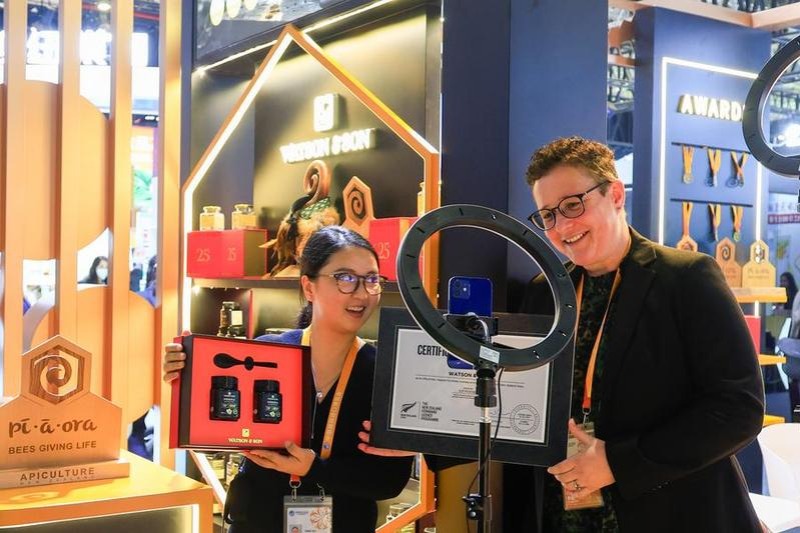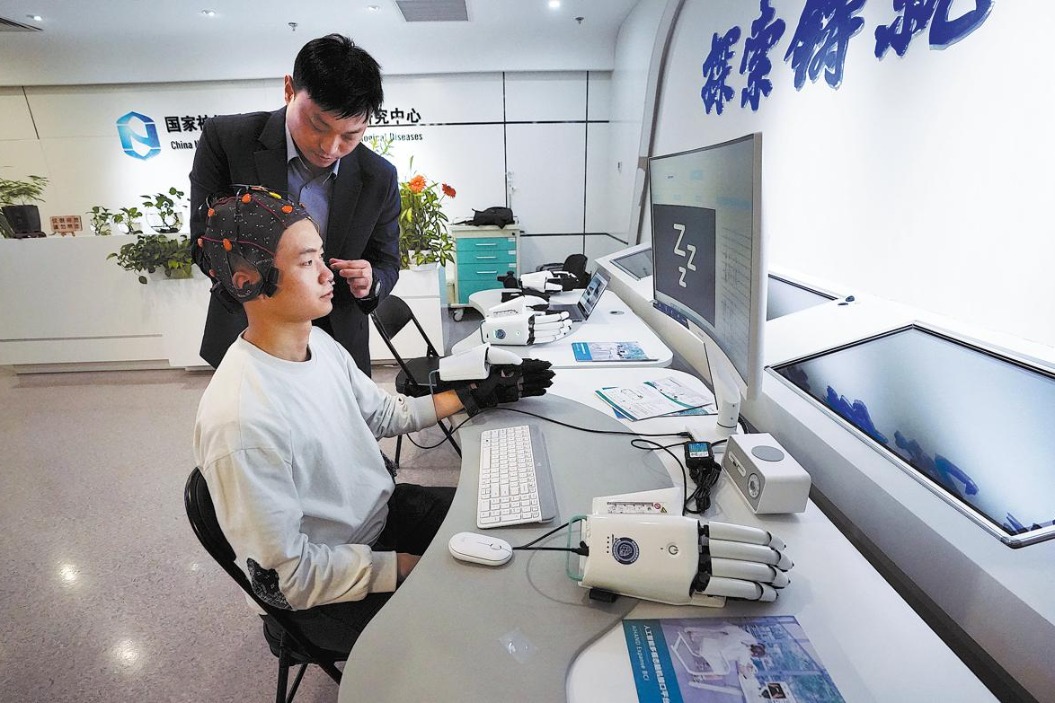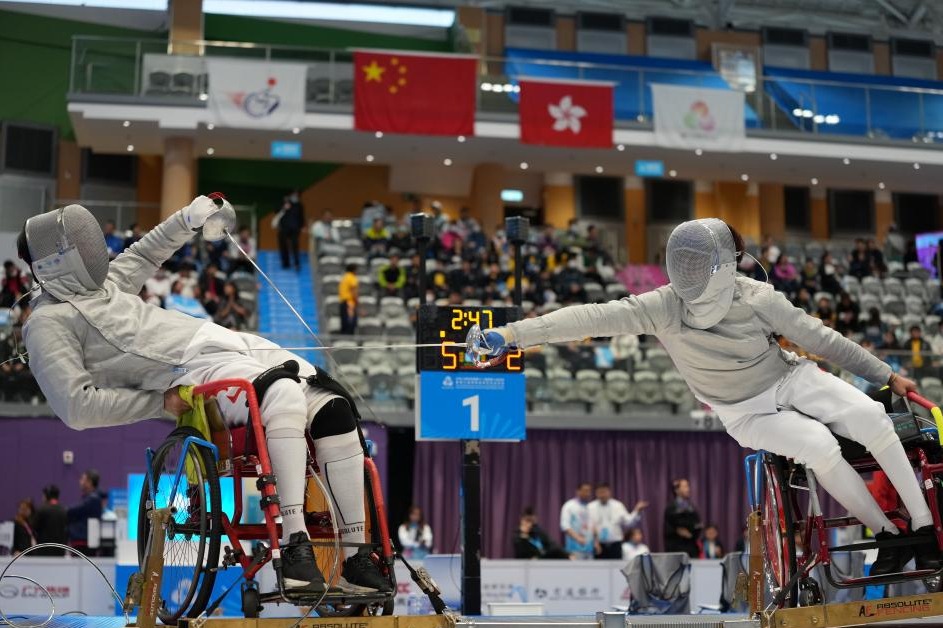Robots play a role in elder care
China Daily | Updated: 2018-03-29 10:51
Still tiny
The global market for nursing care and disabled aid robots, made up of mostly Japanese manufacturers, is still tiny: Just $19.2 million in 2016, according to the International Federation of Robotics.
But METI estimates the domestic industry alone will grow to $3.8 billion by 2035, when a third of Japan's population will be 65 or older.
"It's potentially a huge market," said George Leeson, director of the Oxford Institute of Population Ageing. "Everyone is waking up to their aging populations. Clearly robotics is part of that package to address those needs."
To nurture the industry, the government is using a two-pronged approach. METI is promoting development, providing $45 million in subsidies since 2015.
The Labor Ministry is spearheading the spread of robots, and spent $50 million to introduce them into 5,000 facilities nationwide in the year that ended last March. There is no government data about how many care facilities use robots.
Government officials stress that robots will not replace human caregivers.
"They can assist with power, mobility and monitoring. They can't replace humans, but they can save time and labor," said METI's Yasuda. "If workers have more time, they can do other tasks."
Cute, furry and responsive, Paro reacts to touch, speech and light by moving its head, blinking its eyes and playing recordings of Canadian harp seal cries.
"When I first petted it, it moved in such a cute way. It really seemed like it was alive," giggled 79-year-old Saki Sakamoto, a Shin-tomi resident. "Once I touched it, I couldn't let go."
Paro took more than 10 years to develop and received about $20 million in government support, said its inventor, Takanori Shibata, chief research scientist at the National Institute of Advanced Industrial Science and Technology. About 5,000 are in use globally, including 3,000 in Japan.
But Paro, like most robots, is expensive: $3,800 in Japan and about $6,200 in Europe.
Reuters
























